
AW24 Favourites
Form a queue for the grand reopening of The Georgian on Monday 4th November – Prebook Now
Form a queue for the grand reopening of The Georgian on Monday 4th November – Prebook Now
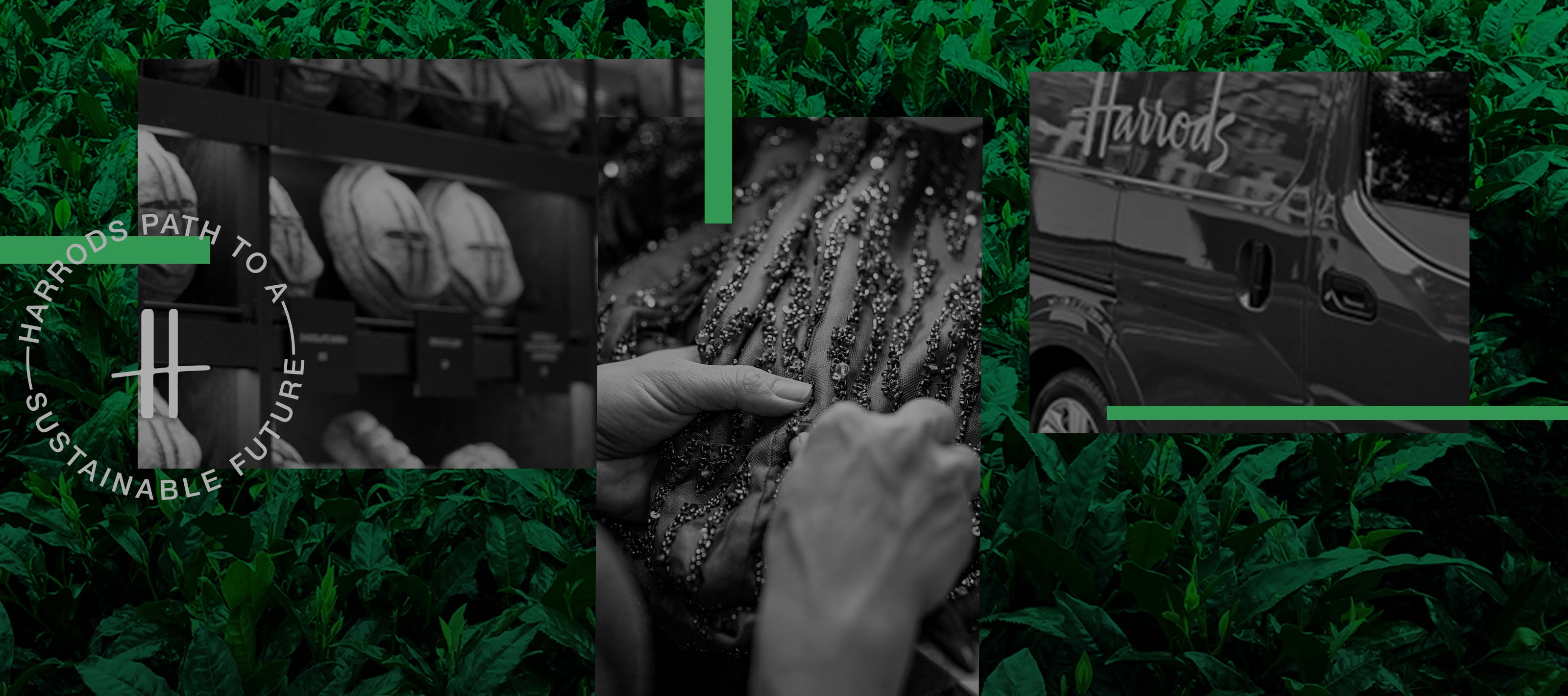
The Harrods building is iconic – an instantly recognisable global landmark that stands out across the London skyline. And for us, its where our sustainability journey begins. We aim to make responsible decisions in every part of our business, starting with the way we operate our Knightsbridge store and offices. We are committed to reducing our carbon footprint and the environmental consequences of our operations across all our sites. We will do this by making year-on-year reductions in our carbon footprint, adopting responsible water and waste-management habits and making improvements across packaging.
What We’re Doing
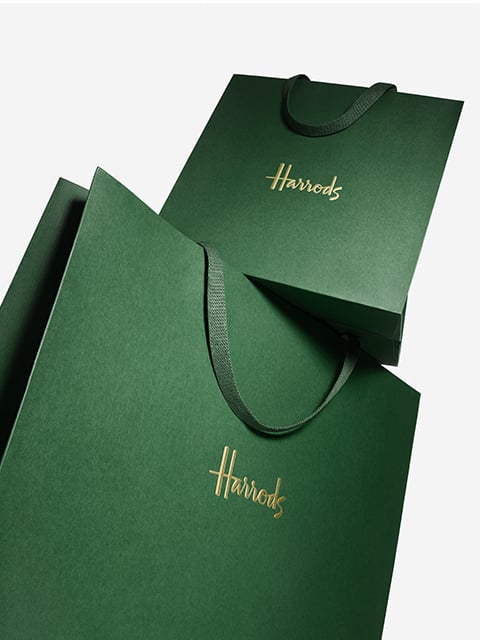
Food Halls and Gift Shop Bags
We are comitted to reducing our consumption, so we ask customers who are visiting the Food Halls or Harrods Gift Shop to please bring their own bag or use an existing one when shopping in these departments.
We’re reducing our plastic consumption at Harrods. Here are a few highlights to show what we’ve done so far and what we’re aiming to achieve.

We have removed all plastic carrier bags from across our stores and replaced them with a 100% recyclable, sustainably sourced paper version made from 40% recycled materials.
Where you see the FSC® label on our FSC-certified carrier bags, this means that the paper in our bags is responsibly sourced, helping to take care of the world's forests.
Michael Ward, Managing Director of Harrods, said:
“Updating our iconic carrier bag was long overdue. But switching from one material to another is meaningless if you are not making a drastic reduction in waste, particularly for a business with over 4m bags leaving the shop floor every year. We are determined to overhaul the way bags are handed out across the store and are challenging customers to join us in reducing waste by using as few bags as possible. As proud as we are to see customers leaving our store with the iconic Harrods green bag, going forward we want to see as few of them as possible!”.
Where We’re Going
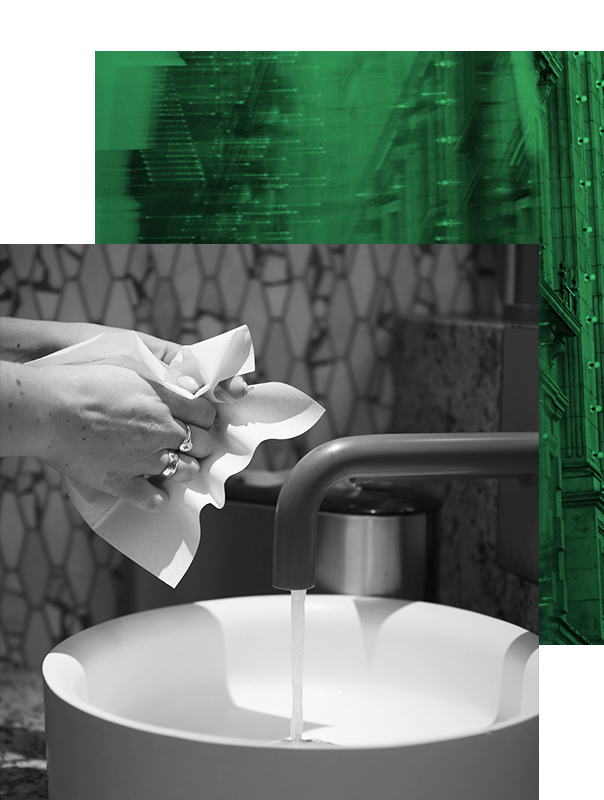
Circularity is a core thematic area for Harrods and our sustainability strategy. As a result, reduction in waste through design and improving recycling is a priority. We have been sending zero waste to landfill since 2014 and have consistently tried to reduce our general-waste rates and improve our closed-loop recycling streams for food, glass, plastic, card, food waste, oil and beauty. Considerable efforts are also being made within the business to ensure the best upstream design decisions are being made at project conception, thereby ensuring a reduction in down-stream consequences and unnecessary waste. Cross-division collaboration and knowledge sharing has been a key driver in this. We have also created a closed loop system for our hand towel recycling, which will save approximately 9 tonnes of waste a year.
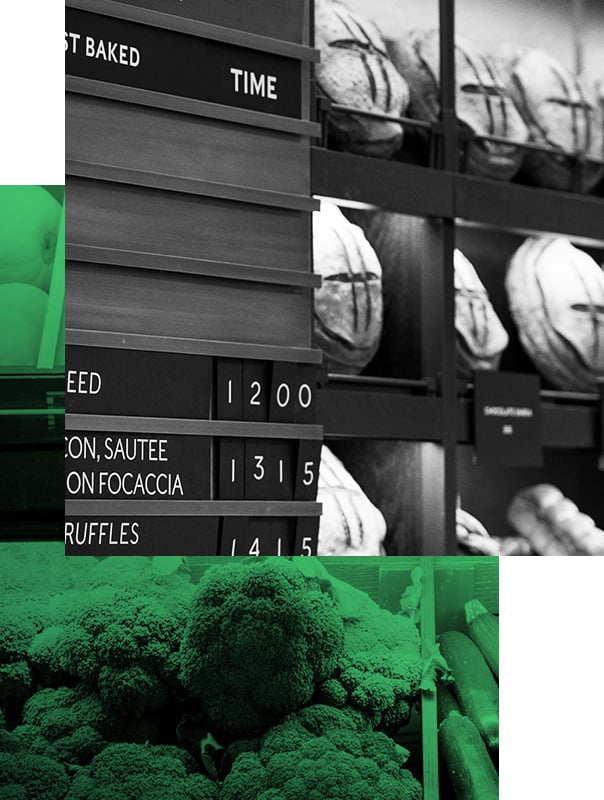
Harrods is a global destination for world-class chefs and restaurants. We have 24 restaurants, two preparation kitchens, a food retail space and a staff canteen. We are committed to embedding high standards of circularity across these areas of the business and we want to reduce food waste. For a number of years, we have ensured that any non-consumable food waste is disposed of appropriately through anaerobic digestion. As we continue to grow our food-and-beverage offering, food waste is an increasingly pressing issue. Through the Harrods Path, we are focused on reducing the quantity of food waste leaving the building and promoting reuse and circularity where possible. The first step in achieving effective waste reduction has focused on improving data granularity and forecasting capabilities, allowing us to understand where the waste is produced and where waste-reduction strategies will be most beneficial. Considerable effort is also being made to reuse food throughout the store where possible, whether repurposed at the smoothie counter in our food halls, sold on the Too Good to Go app or donated to one of our charity partners.
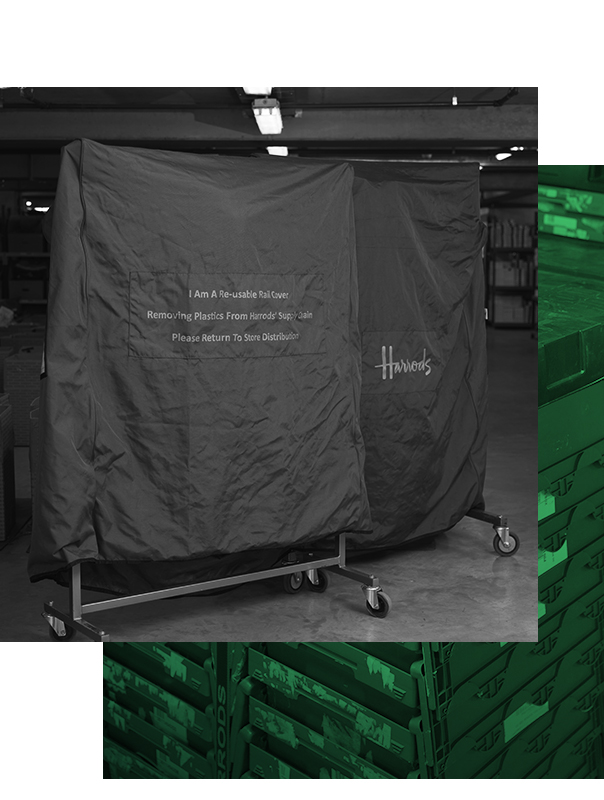
"This year, we celebrate 175 years from when the original Harrods shop adapted and expanded into neighbouring buildings to become the iconic landmark of Victorian architecture it is today. Our Victorian founders recognised that Harrods would need to innovate constantly to facilitate its ambitions to become the world’s leading luxury retailer. This innovative spirit is what continues to drive us today, as we adapt our iconic store to the needs and requirements of a 21st century world; working to reduce our emissions against ambitious targets, embed sustainability priorities across all our store redevelopments, and to completely rethink our impact in terms of waste, recycling and packaging. While we’ve been set up to deliver for the last 175 years, we’re now looking ahead at the next." - James Healy, Director of Store Operations
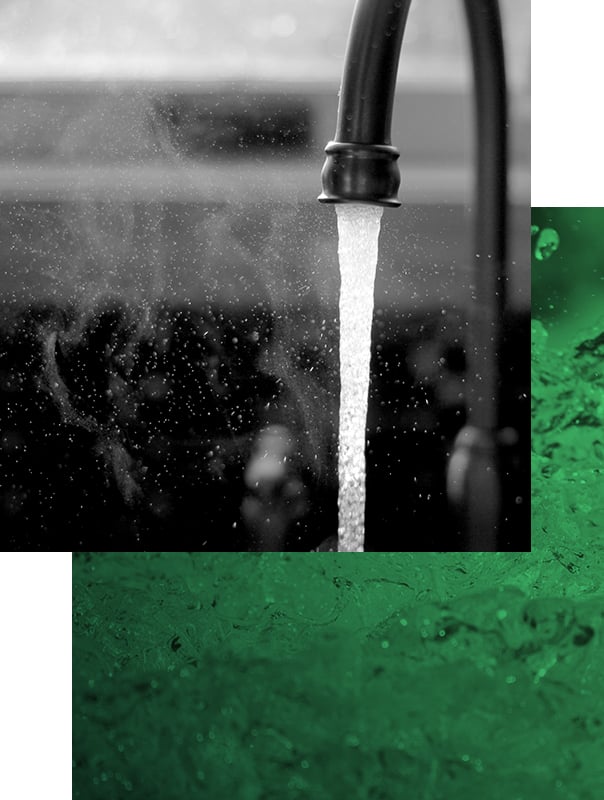
We source and treat our own water, obtained from three boreholes underneath the store which were built in the late 1800s. 80% of the water is treated through reverse osmosis to provide high-quality drinking water, while 20% goes through our Nano Filtration plant and is used for hairdressing and cooling towers. Any rejected water is used to flush the toilets. We are taking steps to reduce consumption by introducing sensor taps to avoid waste.
Our Partners